
Pontiac’s lucrative history dates all of the way back to 1899. At that time, the business was known as The Pontiac Spring and Wagon Works. The company’s first automobile was released in 1902 and featured a two-cylinder engine.
It took several years for this automobile to receive any national recognition, as the company representatives had to promote the new model at several auto shows. For instance, the model was displayed at auto shows in both New York and Chicago in 1907. Once the industry became familiar with Pontiac’s presence in the market, interested business ventures brought rise to new opportunities for the company.
And what new opportunities they were. The Pontiac Spring and Wagon Works merged with Oakland Motor Company to form Oakland Motor Car Company in late 1907. Just over a year later, General Motors purchased one hundred percent of the business, and executives within the company felt that a re-branding strategy was necessary to sustain growth. During the 1920s, it was determined that new vehicles that were manufactured and sold would no longer be associated with the Oakland Motor Company name. In addition, one of the primary features of the vehicles that were produced during the next few years was the torpedo body style. This style made it possible to see the full front side of the car with the push of a button.
For the most part,Pontiac’s were quiet, smooth-riding vehicles. There was little variation between the models that were released in the 1930s and the 1950s, as General Motors felt that it would continue manufacturing similar models as long as sales remained constant. It was not until the late 1950s that a new model, featuring a 173-horsepower V-8 engine, was introduced. More changes took place during this time as well, as Semon Knudsen became general manager of the business in 1956. Knudsen sought to completely redesign the brand, and his first major move was the release of the Bonneville. This limited-edition vehicle was just as expensive as a Cadillac, and its primary purpose was to convey Pontiac’s message of technological innovation. The Bonneville was equipped with the company’s first fuel-injected engine and was even named the pace car of theIndianapolis500 in 1958.
The 1960s witnessed another transition for Pontiac, as more popular models hit the market. Probably the most notable was the Tempest, which was more compact than historical Pontiac models. The Tempest represented the progress that Pontiac (and General Motors) was making, as it was lighter in design with a 50/50 weight balance. These features allowed for faster speeds, greater fuel efficiency, and cheaper costs passed down to the consumer. Once competitors started losing market share, they responded by countering all models that Pontiac released. Not surprisingly, General Motors continued to withhold its position in the industry by releasing models that satisfied consumer demand. In the early 1970s, the most popular Pontiac model was the Firebird, and it was released right around the same time as the Ford Mustang and Chevrolet Camaro.
Several external factors played a role in Pontiac’s success during the next few years. For example, emissions regulation and rising fuel prices all hindered demand for Pontiac automobiles. The company responded by temporarily lowering prices and releasing variations of its earlier models, including the firebird. The decrease in sales experienced during the 1970s and 1980s led to a new focus for the business: safety. Marketing campaigns promoted new features, such as anti-lock brakes and airbags that were installed in all Pontiac models. Once the economy improved as sales steadily increased again, there were more opportunities to reinvest in the business. The Pontiac GTO eventually became a popular model and production of the Grand AM was limited. However, economic factors caused the company to eliminate several jobs during the late 2000s, a clear indication that costs needed to be cut somewhere. By 2009, General Motors decided to pull the plug on Pontiac, and while some older models may still be on the zooming down the road today, Pontiac automobiles are no longer manufactured.
Use the buttons above to navigate through image pages.

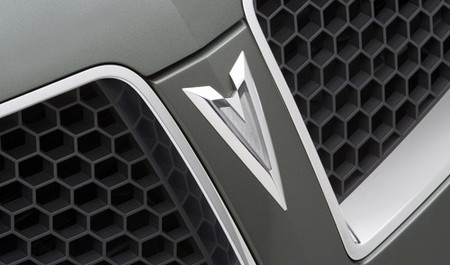
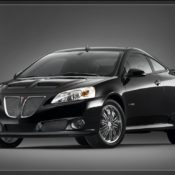









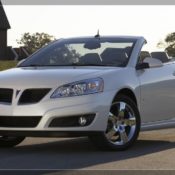


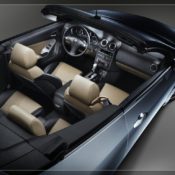
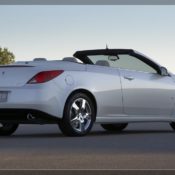





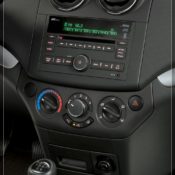


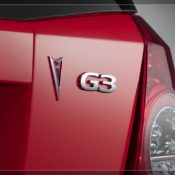


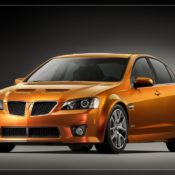
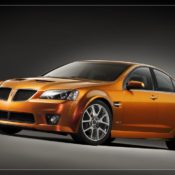
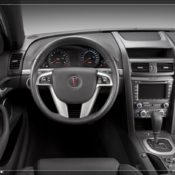



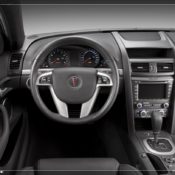
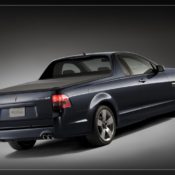
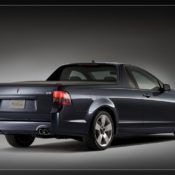
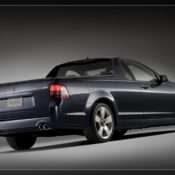
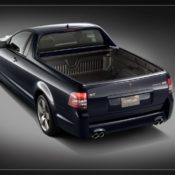
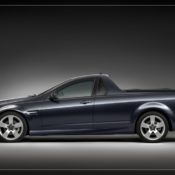
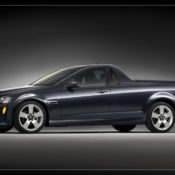
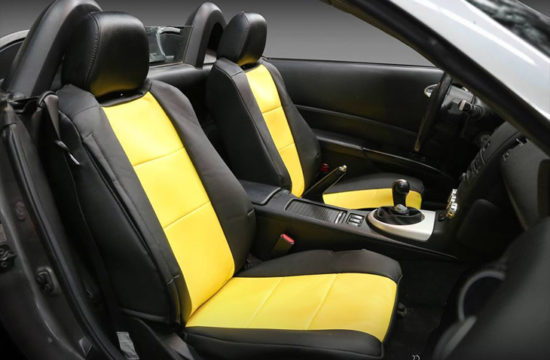

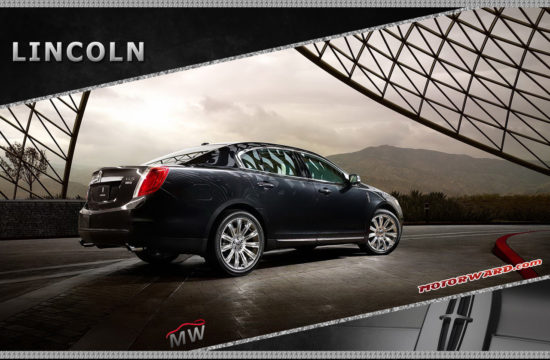
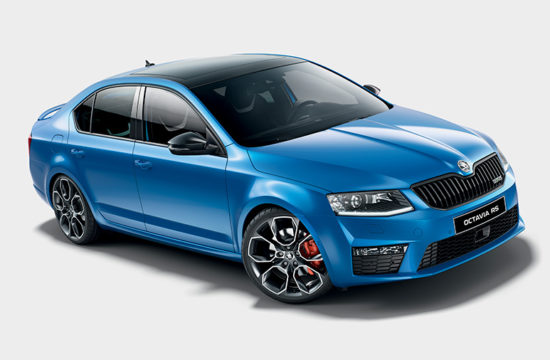
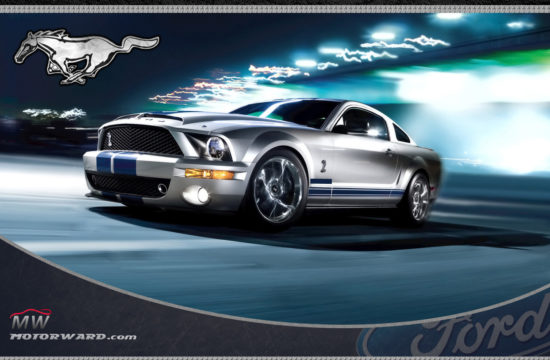

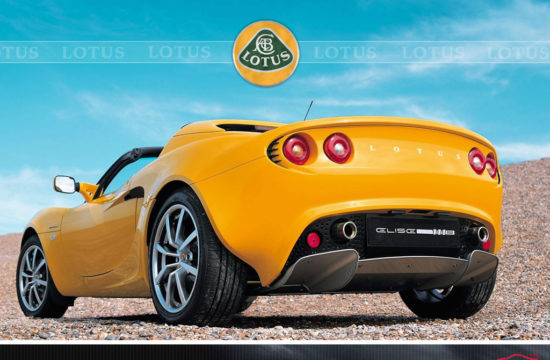

The Pontiac V8 came about in the same year as Chevy’s, and that was1955 not the “late fifties.” The Wide Track ad campaign was the late fifties way to convey the lower longer wider mantra had infected the “slightly upscale from stove bolt” division. When Alfred P.
Sloane devised the need for five divisions it was presumed they would not all require product badge engineered off every other division’s hardware and fitting all price ranges
and sizes. By the seventies when that happened there was no reason why GM was
not needing to retrench and attempt to make each division have its own focus but the
timidity of the branch managers prevented any such accomplishment. They were all
bland and remained unable to meet the foreign competition.